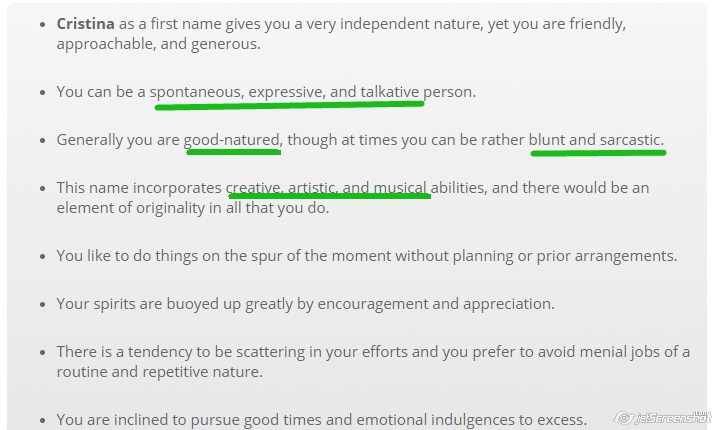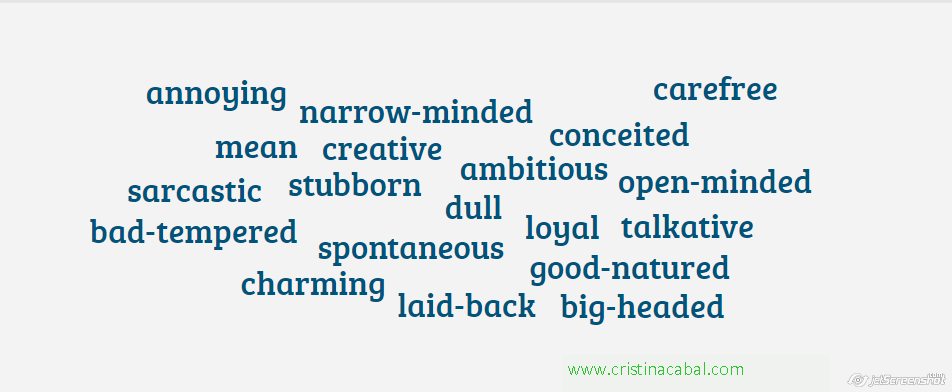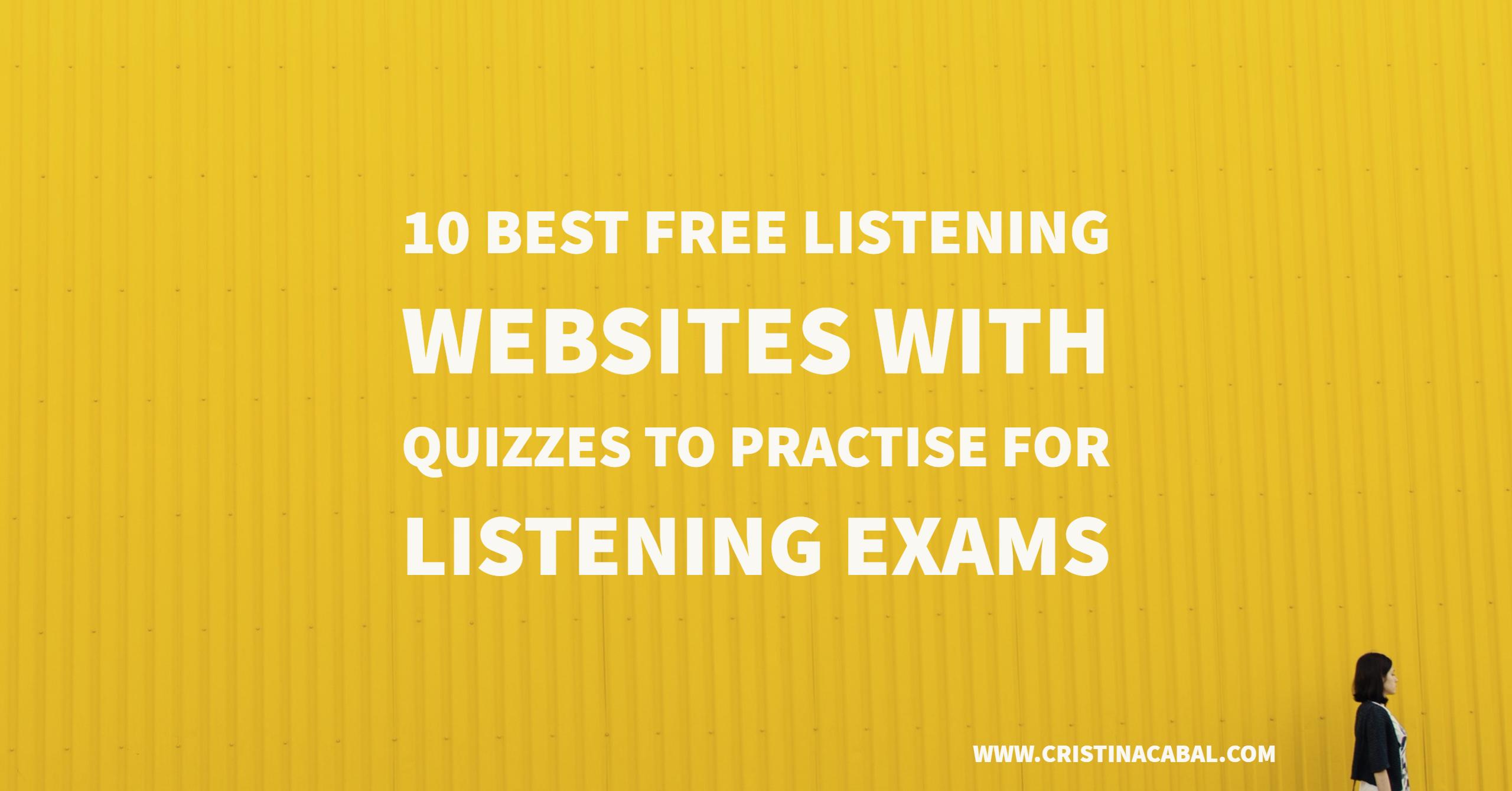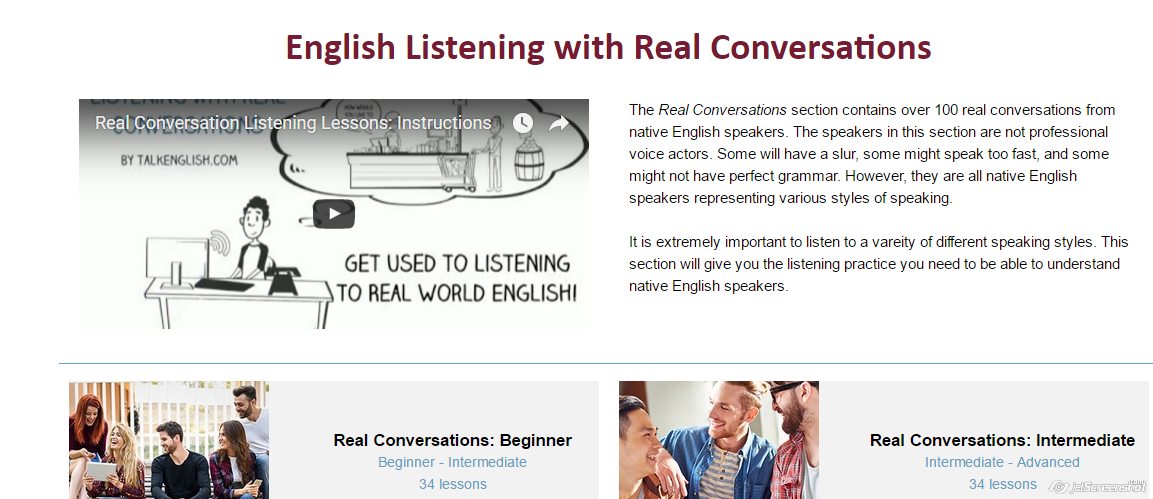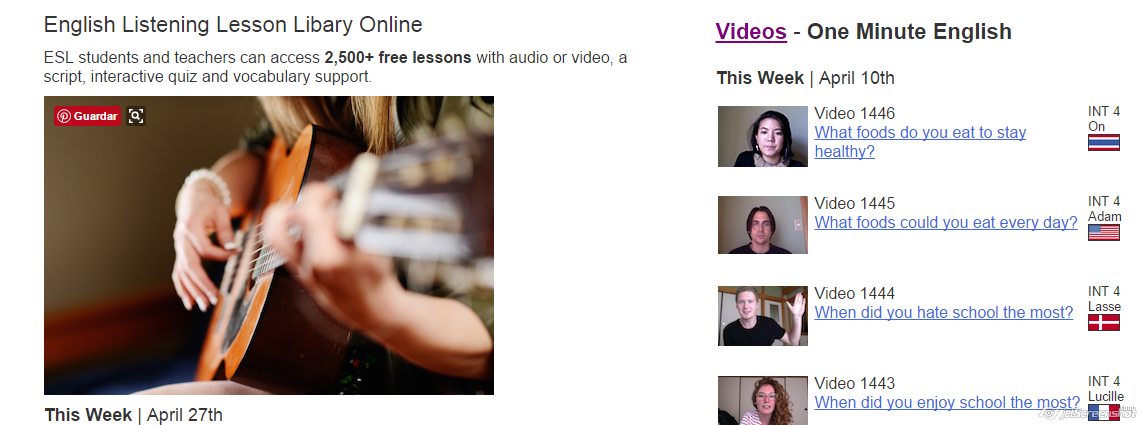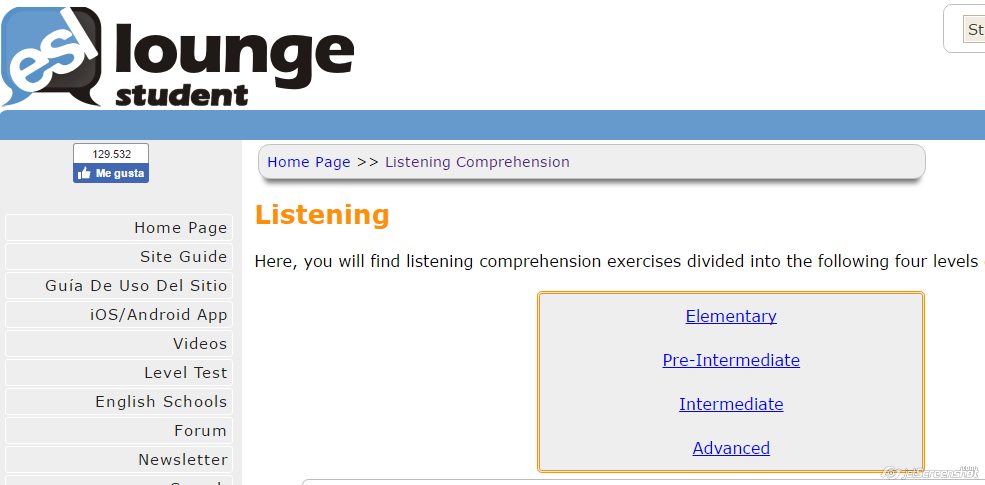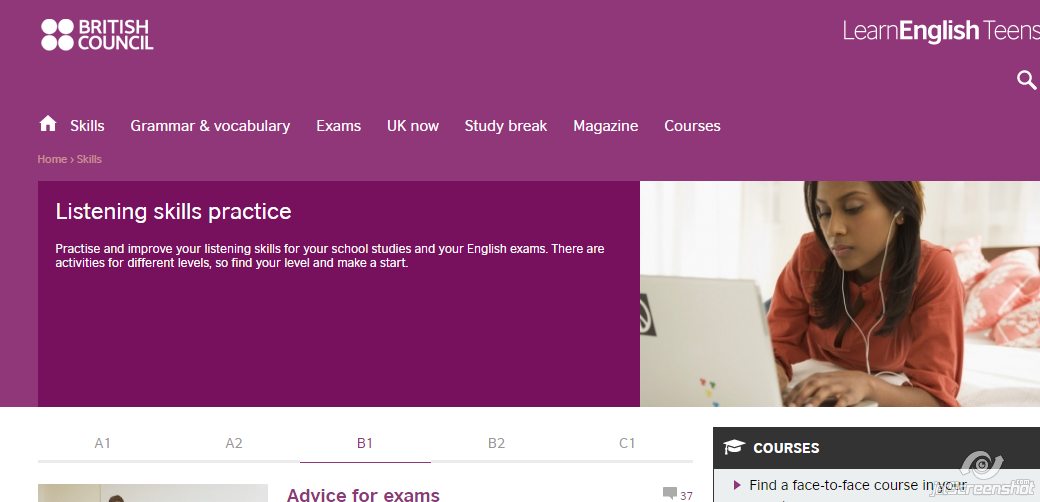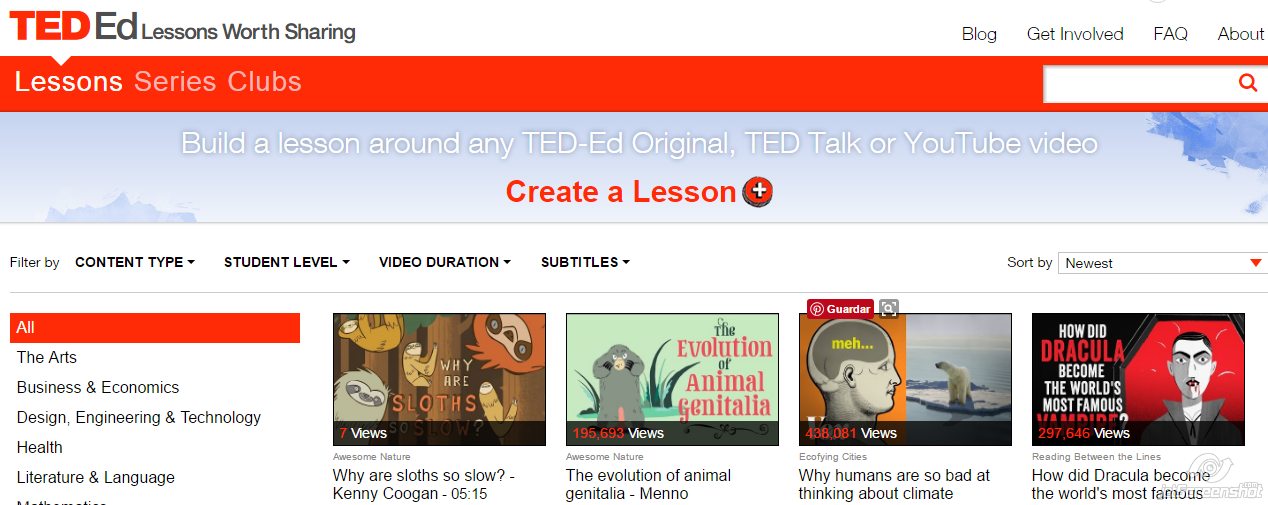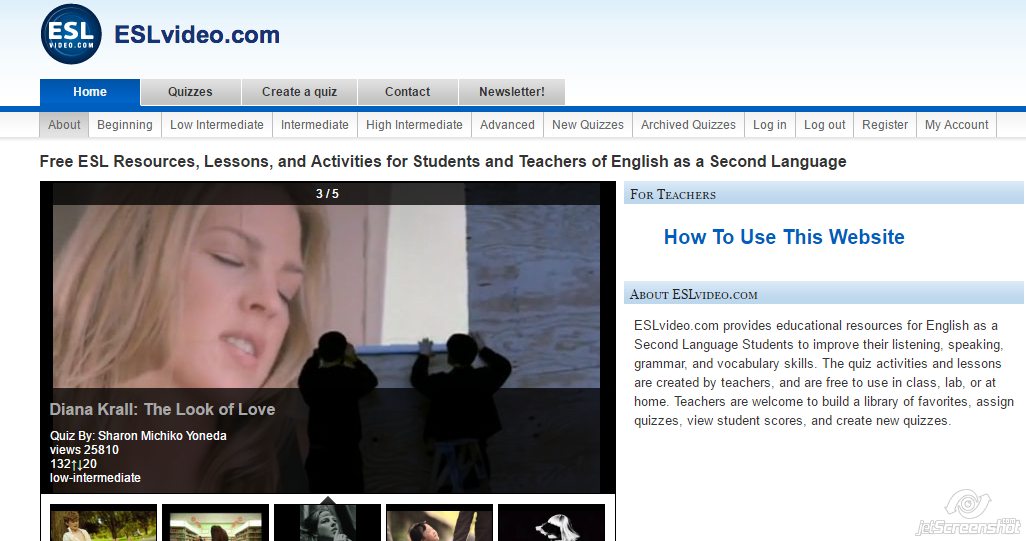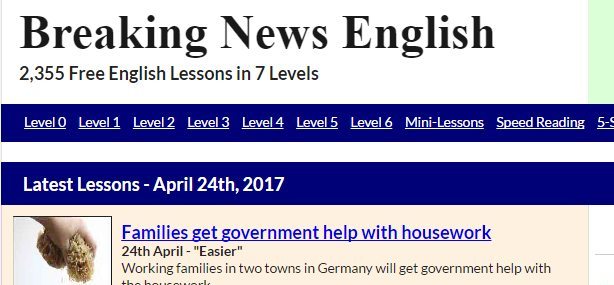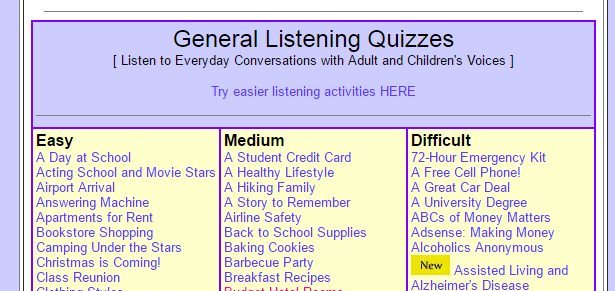Unit 1 of my textbook is dedicated to questions. All sorts of questions: indirect, with prepositions at the end, negative interrogative questions, echo questions, question tags… etc. Yeah, I know. Lots of teaching here. On the bright side, teaching questions offers such a variety of activities you can do with your students that sometimes it is hard to find the time to do all the amazing stuff published all around the web.
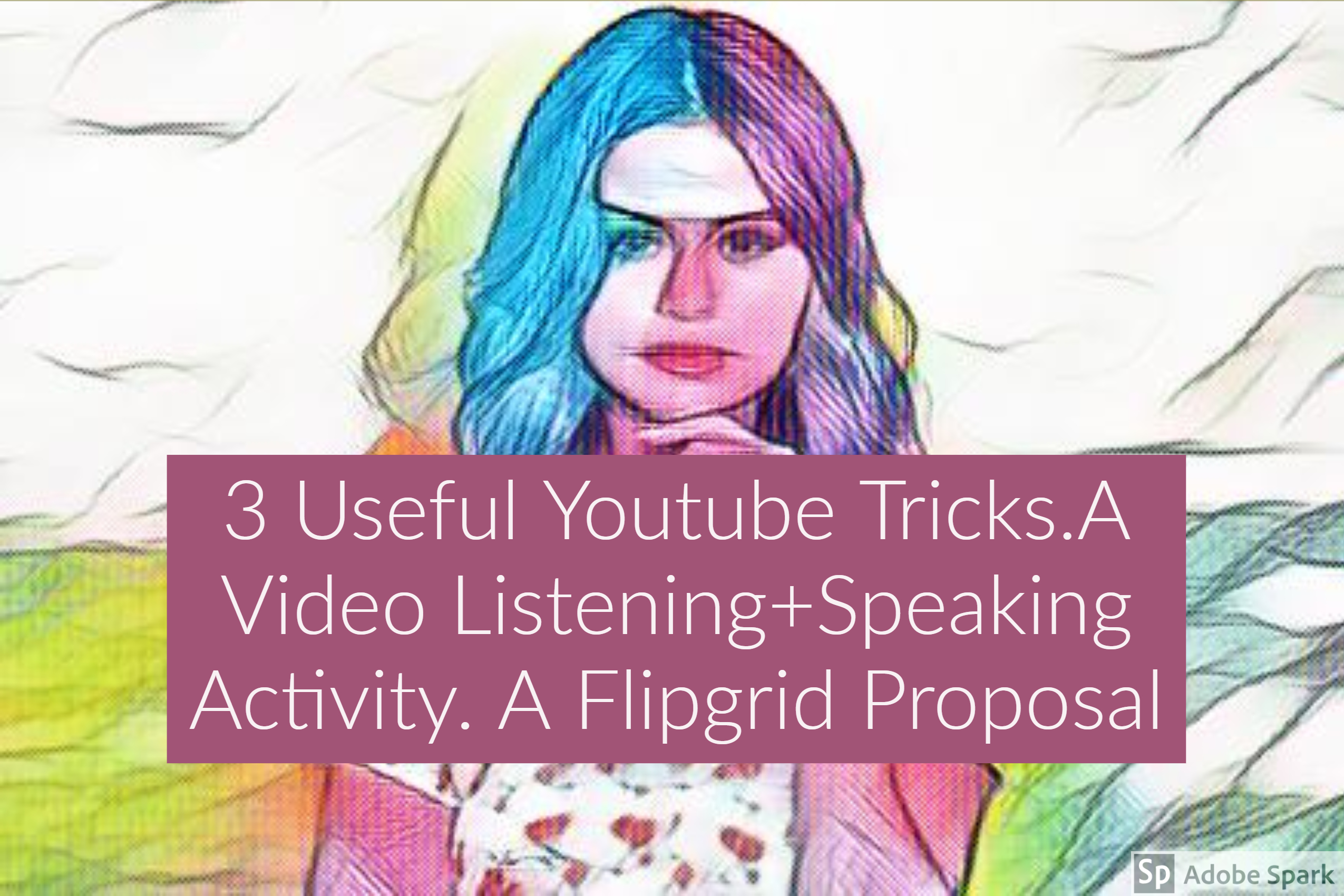
This year, for my first lessons dealing with questions, I have decided to choose one of the hundreds of interviews to celebrities available online. It is still the beginning of the course and I wanted something quick and not too difficult to understand. And, I found this interview with Selena Gomez who, to be honest with you, I didn’t know much about just perfect as it is all about questions and, more specifically, get-to-know-you questions.
Anyway, I wanted a short simple listening exercise and I wanted to post it on the blog so that my students could do it again at home. To do the whole activity, I needed to solve a few technical issues regarding YouTube which I’ll detail below, in case you find them helpful.
YOUTUBE VIDEOS: SOME TRICKS YOU MIGHT WANT TO KNOW
- Sharing a youtube video with a specific start time
You probably know how to share a video starting at a specific point. You don’t? Well, that’ s pretty easy to do.

- Sharing a youtube video with a specific start and end time
That’s a bit more complicated. Keywords “ a bit”. The first thing you need to know is the specific time you want your video to start and to finish. For example, if you need your video to run from 1:20 to 2:15, you need to convert it into seconds.
1:20 -1 minute= 60 seconds+ 20= 80 seconds (start time)
2:15- 2 minutes= 120 seconds+15 = 135 seconds (finish time)
Now, grab the embed code for the video. In my case, it was
<iframe width=”560″ height=”315″ src=”https://www.youtube.com/embed/_GFkHA5EZdE?start=1″ frameborder=”0″ allow=”autoplay; encrypted-media” allowfullscreen></iframe>
Change the start time and instead of 1, write 80 and then add &end=135
The resulting embed code is
<iframe width=”560″ height=”315″ src=”https://www.youtube.com/embed/_GFkHA5EZdE?start=80&end=135 ” frameborder=”0″ allow=”autoplay; encrypted-media” allowfullscreen></iframe>
- Getting the transcript. Call me lazy but if technology can save me some time….
You can easily get the transcript from a youtube video clicking on the three dots next to the save button.
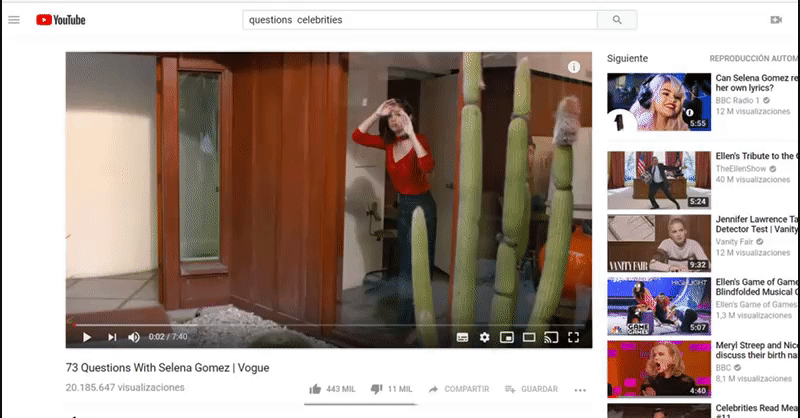
VIDEO-BASED LISTENING ACTIVITY: 18/73 QUESTIONS WITH SELENA GOMEZ
(Follow -up activity: I am looking for one or two EOI teachers, teaching the B2.2 level, to work with me on a simple single get-to-know-you project using the free online tool Flipgrid. If anybody is interested, please send me an email)
- Level: B2
- Skills: listening and speaking
As I have mentioned above, I wanted a short listening activity which could serve as a springboard for a speaking get-to-know-you activity among my students.
LISTENING COMPREHENSION
Procedure:
- Play the video once and ask students to just listen. At the end of the video (the video is set to stop at 2:08) students will probably complain that it goes too fast. My advice? Smile and say “You can do it! “, because they actually can.
- Give them the handout with the questions and play the video twice more.
- Before you play it a third time, ask students to share their answers in pairs and, needless to say, in English.
- Play the video once more, pausing after each answer. Ask students to provide the answer and repeat procedure for question 2.
Here are the questions. To get the answers, just display the transcript as indicated above.
SPEAKING ACTIVITY: 15 minutes
- Play the video again, this time and depending on the number of students, play a couple more minutes or if necessary the whole video.
- Tell students, they will need to listen very attentively to the questions asked to Selena and choose one they would like to ask their classmates.
- Ask them to write it down and check with you that it’s Ok. When they are ready, ask them to stand up in a mingling activity and interview as many classmates as possible.

